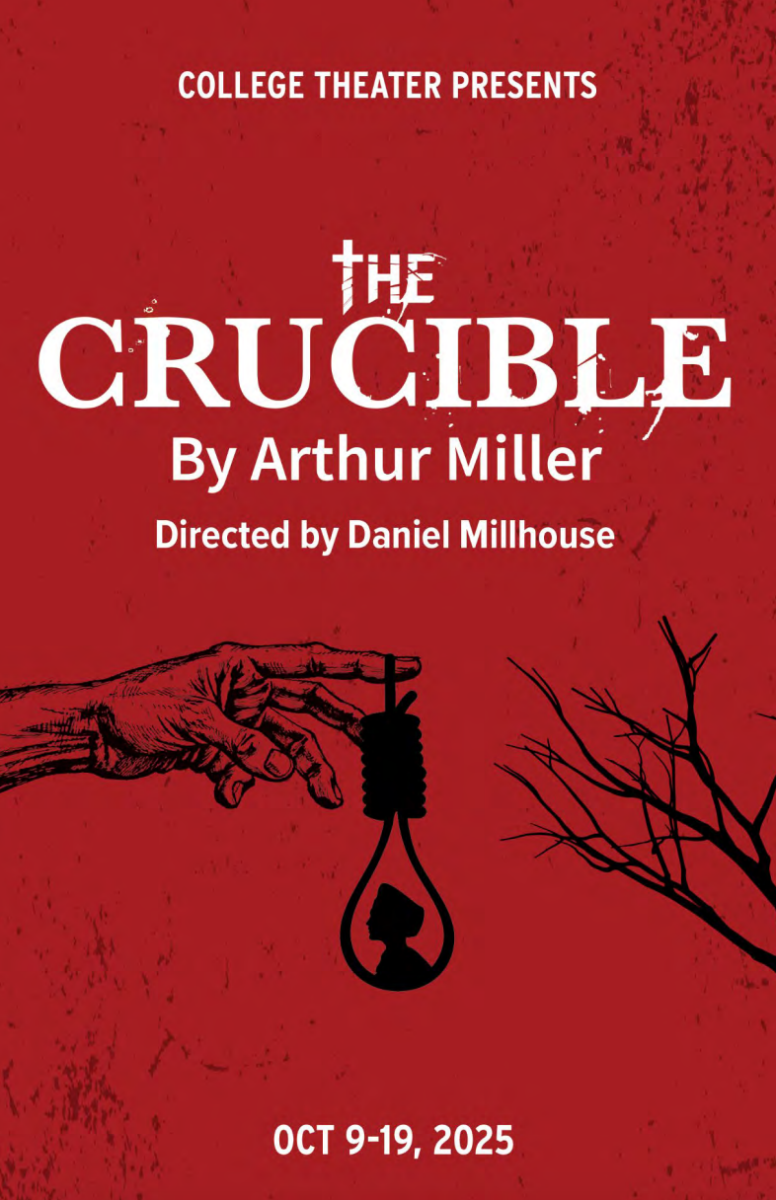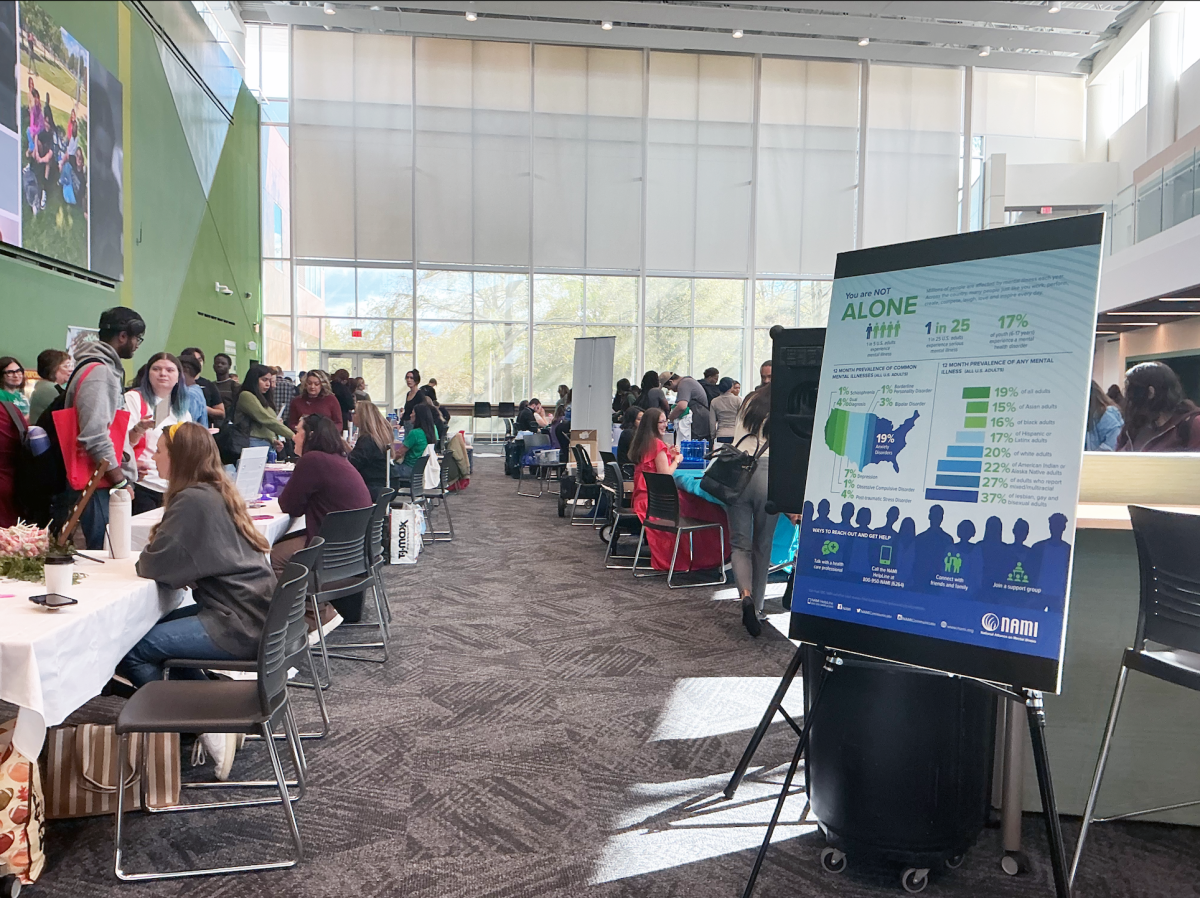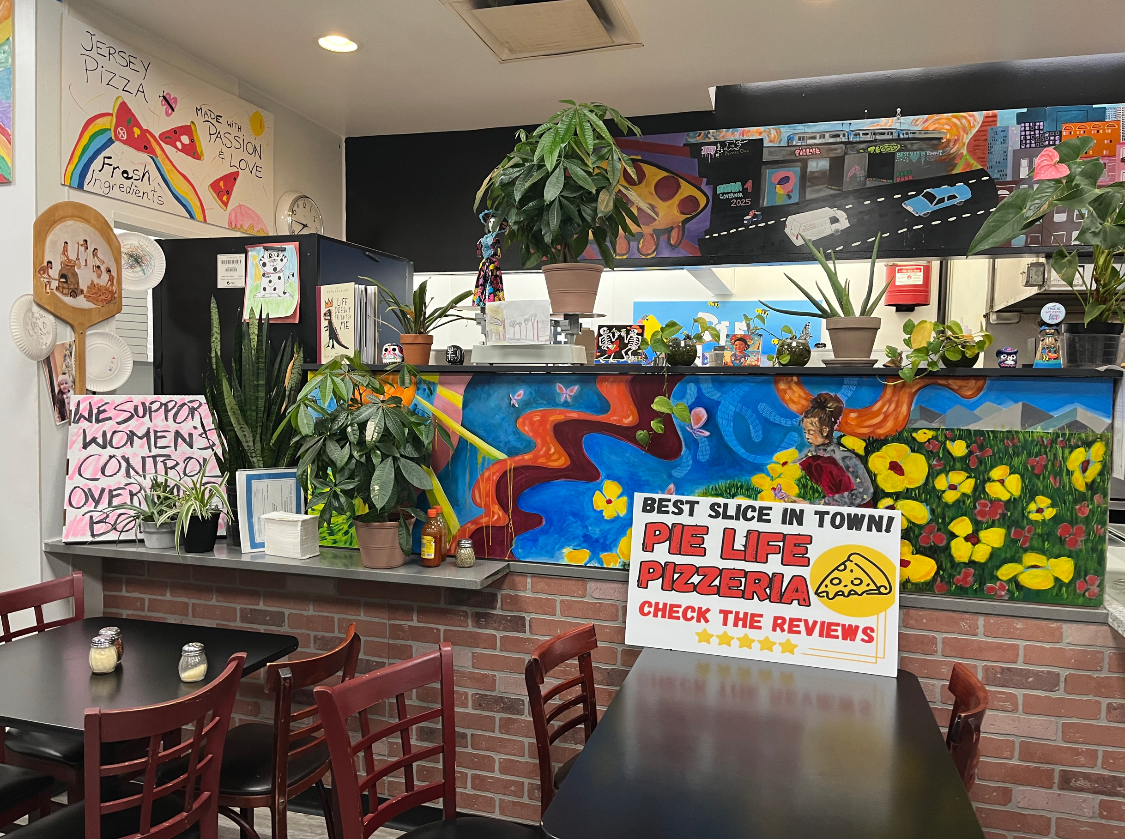8 Things You Didn’t Know About the Future of Journalism
(#7 might shock you!)
September 7, 2016
The expectation of journalism has been changing through the years. What was once a medium for exposing truth and informing the public has turned into clickbait and photo slideshows of dogs eating muffins. Is this the future of journalism? And if so, is it for better or worse? *sigh*
- Modern day journalism is trying to be #relatable. (con)
Newspapers are turning into what they call “digital-first” companies, which means the majority of the work they do is published online. This means instead of having the audience of just their city or town, newspapers now have the whole world as potential readers. All content must be relatable, killing many potential local news stories.
- Online publications require journalists to go above and beyond what’s expected. (con)
According to Washington Post Editor Marty Baron, journalists today have extreme workloads. In an interview with the World Association of Newspapers and News Publishers he explains, “They have to do their traditional reporting. They have to participate in social media. They have to produce a wire service available 24 hours a day.They have to be responsible for video. You name it, they’re involved in it. It’s a lot to ask.”
- A newspaper reaches out to a broader online audience with #cute articles. (pro)
Because who doesn’t want to see photos of a horse high-fiving an otter, or a video of a baby eating pizza for the first time. Some publications have even started their own section for these types of articles, like Huffington Post with their good news section dubbed “What’s Working.”
- Paper is so last year. (pro)
Everything and everyone is going paperless. People read on their tablets, or listen to audiobooks. They get their news from the internet, whether that be a newspaper’s app or Twitter feed. It’s great because you can save the planet one tree at a time! You might be giving yourself cancer from holding a smartphone in your hand 24/7, but it’s a small price to pay for the environment.
- It’s not possible to make stacks on stacks on stacks. (con)
Advertisements are the main source of revenue for a newspaper. According to Advertising Age, on online publication about advertisements in common day media, print ads bring in far more revenue than online ones. Take Men’s Health magazine for example. Thirty percent of their annual revenue comes from printed advertisements, whereas only 4 percent comes from digital ones. The Atlantic doesn’t make a profit at this time, but one of the reasons they are able to stay afloat is from making 31 percent of their revenue in print advertising, as opposed to the 10 percent from digital advertisements.
- College run newspapers may become a thing of the past. (con)
This one hits us at the Courier a little too close to home. The only reason we are able to write every week for this publication is because of our print advertisements in this paper. Look to the right or the left of this editorial. What do you see? Ads. However if you go on our website, you will see nothing but content. We have personally experienced how tricky it can be to stay afloat financially while still fighting our way into the digital age, and it’s not easy.
- Maybe we can find a happy medium! (pro)
Take a website like Buzzfeed for example. They are a company designed around the use of clickbait. However they have started doing real, hard-hitting journalism in their “News” section, and using the clickbait technique to get people to read the articles. Perhaps there is a method to their madness after all?
- With all of that being said, local journalism may not be going away anytime soon. (pro)
As John Oliver so eloquently puts it, “The media is a food chain which would fall apart without local newspapers.” We at the Courier realize that idea may seem a bit far fetched. After all, how could the video of the 10 best frittata recipes in the U.S. really be related to anything you see on the 10 o’clock news or your daily paper? The fact is, that same website where you watched the video also has an article talking about gun violence in Chicago, or a drought in Phoenix. And those articles were often researched through other articles from small town papers. No matter how much we don’t like to admit it, media as a whole relies on these publications. Without them we would be lost, and because of that they should not disappear anytime soon.



















